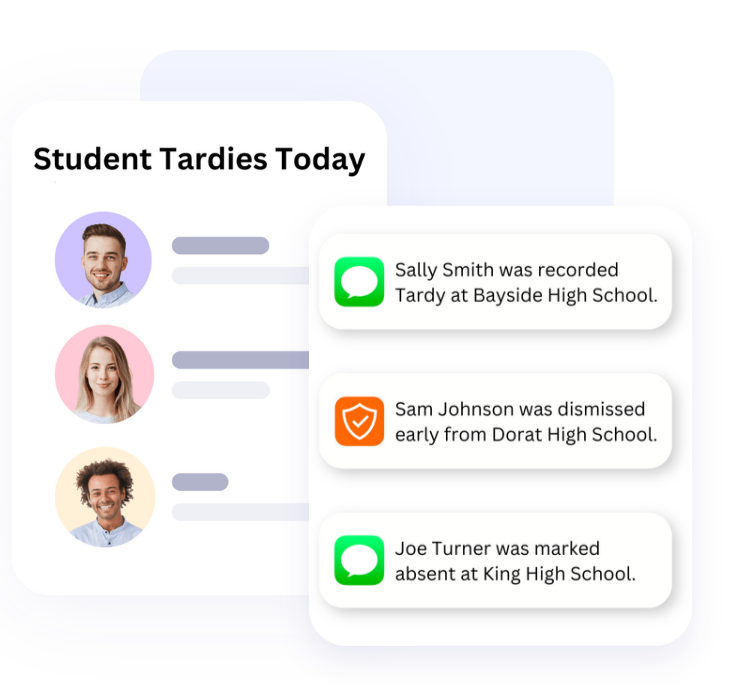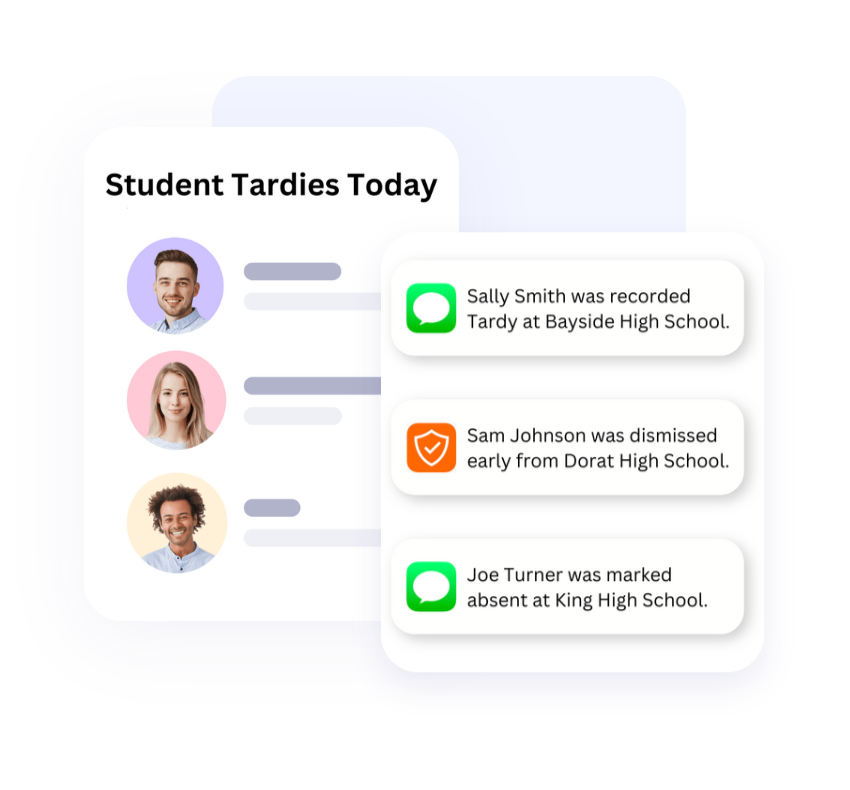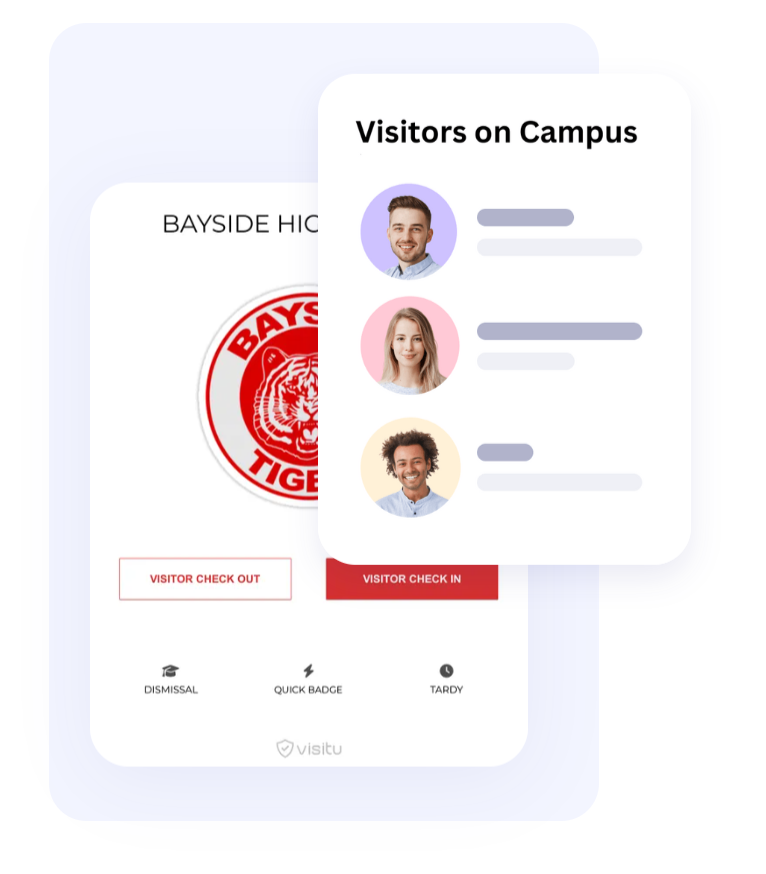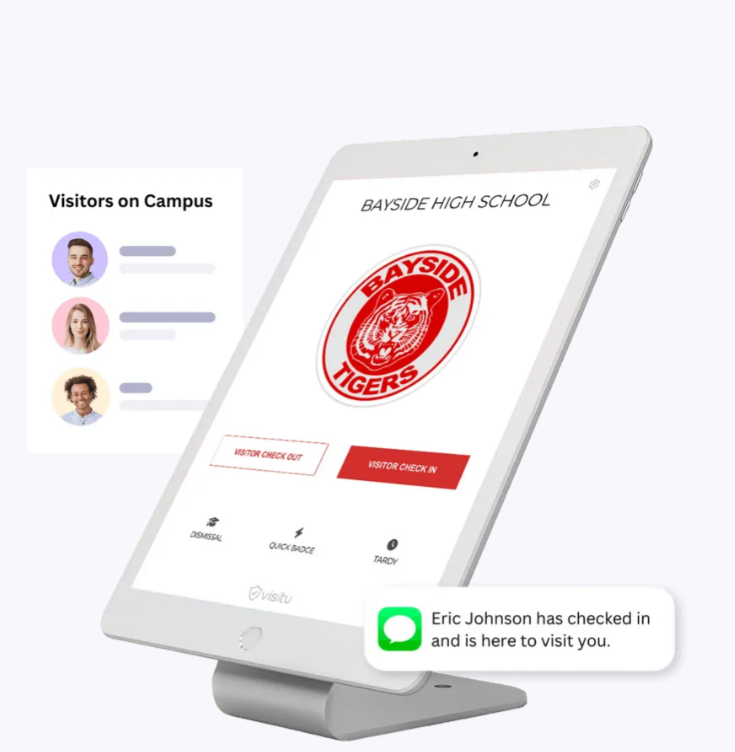
Schools today face more than just academic challenges. From security threats to operational inefficiencies, administrators must juggle safety, compliance, and communication—all while providing a supportive learning environment. Two of the most powerful tools addressing these concerns are visitor management software for schools and a comprehensive school management system that includes an attendance management system.
Individually, each solution offers major benefits. But when integrated, they unlock a level of visibility, efficiency, and safety that’s greater than the sum of their parts. In this blog, we explore how uniting these platforms creates a smarter, safer, and more responsive school environment—and why schools should consider bringing them together now.
Understanding the Key Systems
✅ Visitor Management Software for Schools
A visitor management system for schools (VMS) is designed to monitor and control the flow of people entering and exiting a school campus. It replaces traditional paper logs with digital check-ins, offering real-time tracking, photo ID verification, and badge printing.
Core features often include:
ID scanning and watchlist matching
Real-time entry/exit logs
Custom visitor workflows (e.g., parents vs. contractors)
Automated badge printing
Data retention and compliance settings
✅ School Management System (SMS) and Attendance Tracking
A school management system (SMS) is a centralized platform used to handle academic and administrative operations—from student enrollment and report cards to scheduling and financials. One critical module is the attendance management system, which tracks student presence and punctuality.
Key features include:
Daily or period-wise attendance
Automated alerts for absences
Attendance analytics and reporting
Integration with parent portals and mobile apps
Why Integrating These Systems Matters
Integrating visitor management software with your school management system—especially the attendance module—creates a unified ecosystem that improves efficiency and safety. Here’s how:
1. End-to-End Visibility of Everyone on Campus
A school isn’t just made up of students and staff. Parents, delivery personnel, volunteers, and maintenance workers all move through campus daily.
Without integration:
You may have accurate student attendance and a separate log of visitors—but no clear picture of everyone currently on-site.
With integration:
Administrators can view students, staff, and visitors in a single dashboard. In emergencies (fire drills, lockdowns), this visibility helps ensure everyone is accounted for quickly.
2. Smarter Early Pickups and Late Arrivals
One of the most powerful use cases for integration is student movement during school hours.
Scenario:
A parent arrives early to pick up a student. They sign in using the visitor management system.
Without integration:
The front desk staff manually contacts the teacher, updates attendance records separately, and confirms the pickup via phone or email.
With integration:
The visitor system notifies the attendance module directly. The student’s attendance is updated automatically, the teacher is notified digitally, and the parent receives confirmation—all in real time.
This reduces manual errors and improves both speed and security.
3. Improved Campus Security
Integrating your systems increases campus security in several ways:
Cross-verification: Match visitor identities with authorized pickup lists in the school database.
Flagged individuals: Sync banned or restricted visitor lists from your SMS with the VMS.
Emergency alerts: When both systems work together, alerts can go to the right people instantly—whether it’s a missing student, unauthorized pickup attempt, or safety threat.
The result is a safer school where staff can respond faster and more effectively to incidents.
4. Streamlined Data Entry and Reduced Errors
Every time someone manually inputs data into multiple systems, there’s a risk of:
Typos
Delays
Conflicting records
An integrated system eliminates this redundancy. For example:
Visitor details entered at check-in sync with student or staff records in the SMS.
Student attendance adjustments made at the front office are reflected instantly in the class records.
Admin reports pull data from both systems in one click.
This leads to cleaner, more accurate data—and significant time savings.
5. Compliance and Audit Readiness
Schools must comply with various data protection laws like:
FERPA (U.S.)
GDPR (EU)
Local education authority standards
These laws require:
Controlled access to personal data
Detailed logs of student and visitor interactions
Secure storage and deletion protocols
An integrated visitor and attendance system supports:
Centralized logging of all access and check-in events
Role-based access controls
Automatic data retention policies
One-click audit reports
This ensures compliance is easier to manage—and far less stressful when audit time arrives.
6. Unified Communication with Parents
Parents expect transparency about their child’s location and school safety. A connected system can:
Notify parents instantly when their child arrives late, leaves early, or is picked up.
Send digital approval requests for pickups.
Provide access to attendance records through mobile apps or web portals.
The more integrated your systems, the better the communication—and the greater the trust you build with families.
Example: How Integration Works in Real Life
Let’s look at a real-world scenario at Brightfield Elementary, a mid-sized K–5 school.
Before Integration:
Visitor check-ins used a standalone VMS at the front desk.
Student attendance was tracked by teachers in a separate SMS.
Early pickups required phone calls and manual data entry.
After Integration:
The VMS syncs with the SMS’s attendance module.
Parents check in on a touchscreen kiosk and select a student for pickup.
The system:
Validates their identity and pickup permission.
Sends a notification to the classroom.
Updates the student’s attendance in real time.
Stores all data for auditing.
Results:
40% faster processing of early checkouts.
Increased parent satisfaction and fewer errors.
Full visibility into who’s on campus at all times.
Choosing the Right Systems
When selecting systems that integrate well, consider the following:
FeatureWhat to Look ForAPI IntegrationDoes your VMS offer open APIs or pre-built SMS connectors?Role-Based AccessCan different user types (admins, staff, parents) get the right level of access?Real-Time SyncingAre updates between systems instant or delayed?Emergency WorkflowsDo both systems support emergency notifications and evacuation lists?Cloud-Based & SecureAre data encrypted and backed up regularly?Mobile SupportCan users access dashboards or reports on phones or tablets?
When systems talk to each other seamlessly, everyone wins—students, staff, parents, and administrators.
Conclusion
Individually, a visitor management software for schools and an attendance management system improve safety and efficiency. But together, they create a tightly woven ecosystem of trust, visibility, and control.
Integration means fewer errors, faster workflows, and stronger communication. Most importantly, it means your school can better protect its students while running smoother day to day.
If your systems are still working in silos, now’s the time to explore integration options—and unlock the full power of connected school management.






Write a comment ...